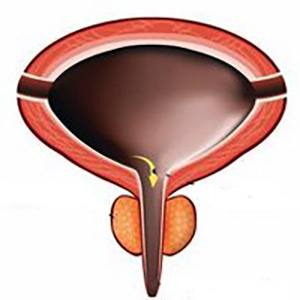Study the mRNA level of IL-27/IL-27R pathway molecules in kidney transplant rejection

Accepted: October 7, 2023
All claims expressed in this article are solely those of the authors and do not necessarily represent those of their affiliated organizations, or those of the publisher, the editors and the reviewers. Any product that may be evaluated in this article or claim that may be made by its manufacturer is not guaranteed or endorsed by the publisher.
Authors
Background: Renal transplantation stands as the sole remedy for individuals afflicted with end-stage renal diseases, and safeguarding them from transplant rejection represents a vital, life-preserving endeavor posttransplantation. In this context, the impact of cytokines, notably IL-27, assumes a critical role in managing immune responses aimed at countering rejection. Consequently, this investigation endeavors to explore the precise function of IL-27 and its associated cytokines in the context of kidney transplant rejection. Methods: The study involved the acquisition of blood samples from a cohort of participants, consisting of 61 individuals who had undergone kidney transplantation (comprising 32 nonrejected patients and 29 rejected patients), and 33 healthy controls. The expression levels of specific genes were examined using SYBR Green Real-time PCR. Additionally, the evaluation encompassed the estimation of the ROC curve, the assessment of the relationship between certain blood factors, and the construction of protein-protein interaction networks for the genes under investigation. Results: Significant statistical differences in gene expression levels were observed between the rejected group and healthy controls, encompassing all the genes examined, except for TLR3 and TLR4 genes. Moreover, the analysis of the Area Under the Curve (AUC) revealed that IL-27, IL-27R, TNF-α, and TLR4 exhibited greater significance in discriminating between the two patient groups. These findings highlight the potential importance of IL-27, IL-27R, TNF-α, and TLR4 as key factors for distinguishing between individuals in the rejected group and those in the healthy control group. Conclusions: In the context of kidney rejections occurring within the specific timeframe of 2 weeks to 2 months post-transplantation, it is crucial to emphasize the significance of cytokines mRNA level, including IL-27, IL-27R, TNF-α, and TLR4, in elucidating and discerning the diverse immune system responses. The comprehensive examination of these cytokines’ mRNA level assumes considerable importance in understanding the intricate mechanisms underlying kidney rejection processes during this critical period.
How to Cite

This work is licensed under a Creative Commons Attribution-NonCommercial 4.0 International License.
PAGEPress has chosen to apply the Creative Commons Attribution NonCommercial 4.0 International License (CC BY-NC 4.0) to all manuscripts to be published.

 https://doi.org/10.4081/aiua.2023.11691
https://doi.org/10.4081/aiua.2023.11691



